Foxford Heritage Trail
Beal Easa, (Foxford) meaning "The Mouth of the Waterfall", was noted in 1839 for the longevity of its inhabitants and was long considered being one of the healthiest spots in Mayo. The town natural amenity, the River Moy, it rises in the Ox Mountain and is world-famous for its Wild Atlantic salmon. It is said that the footprint of a fox at the fjord provided the English name of Foxford for the town, about the time of the plantation of the English and Scottish 🦊
Let's take a walk around Foxford to explore the history it has to offer 🚶
1. Foxford Woollen Mills
We start off at the Foxford Woollen Mills which was founded by Mother Morrogh-Bernard of the Sisters of Charity in 1892. It has now become famous internationally for its quality tweeds and woollens.
Fun fact: The Foxford Woollen Mills is one of the last working Mills in Ireland 😮
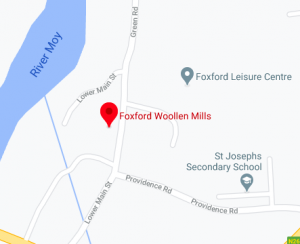

2. Saint Mary’s Convent Chapel
Walk a little up the road towards the town and our next stop takes us to Saint Mary's Convent Chapel.
It was built in 1925 by Mother Morrogh-Bernard. The design of the Chapel is based on the late Gothic style of the old Irish abbeys, and the architect was Professor R. M. Butler. Some of the stained glass windows were made by Earley's of Dublin, and some were the work of Alfred Earnest Child.

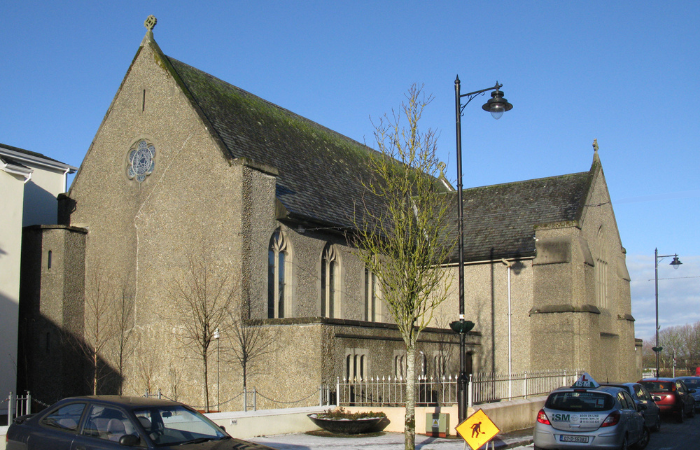
3. The Convent (Hope House)
Right next door to our last location is a modern building, which was restructured in 1973 to replace the original building which the sisters, occupied since 1891.
Most of the training provided by the sisters was carried out in the old Convent, and they also had dormitories for the girls who could not travel to school.

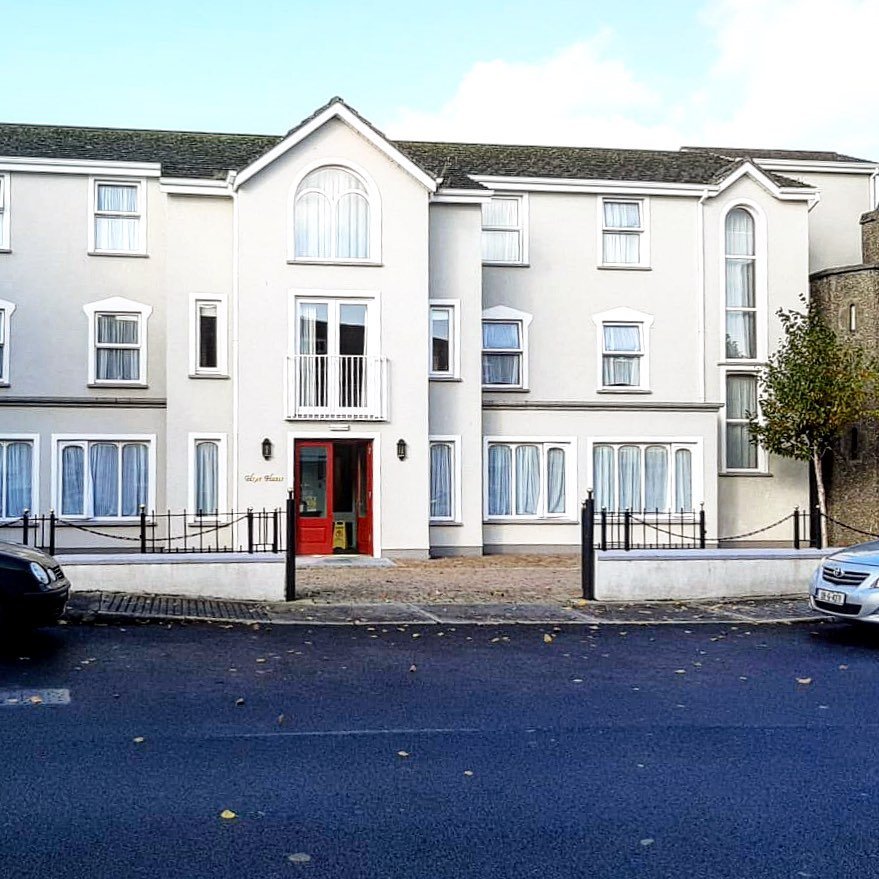
4. The Music School
Across the road from the old convent is The Music School next door. It was built by Mother Morrogh-Bernard in 1923 and was home to the town's young musicians and the Foxford Brass Band 🎶

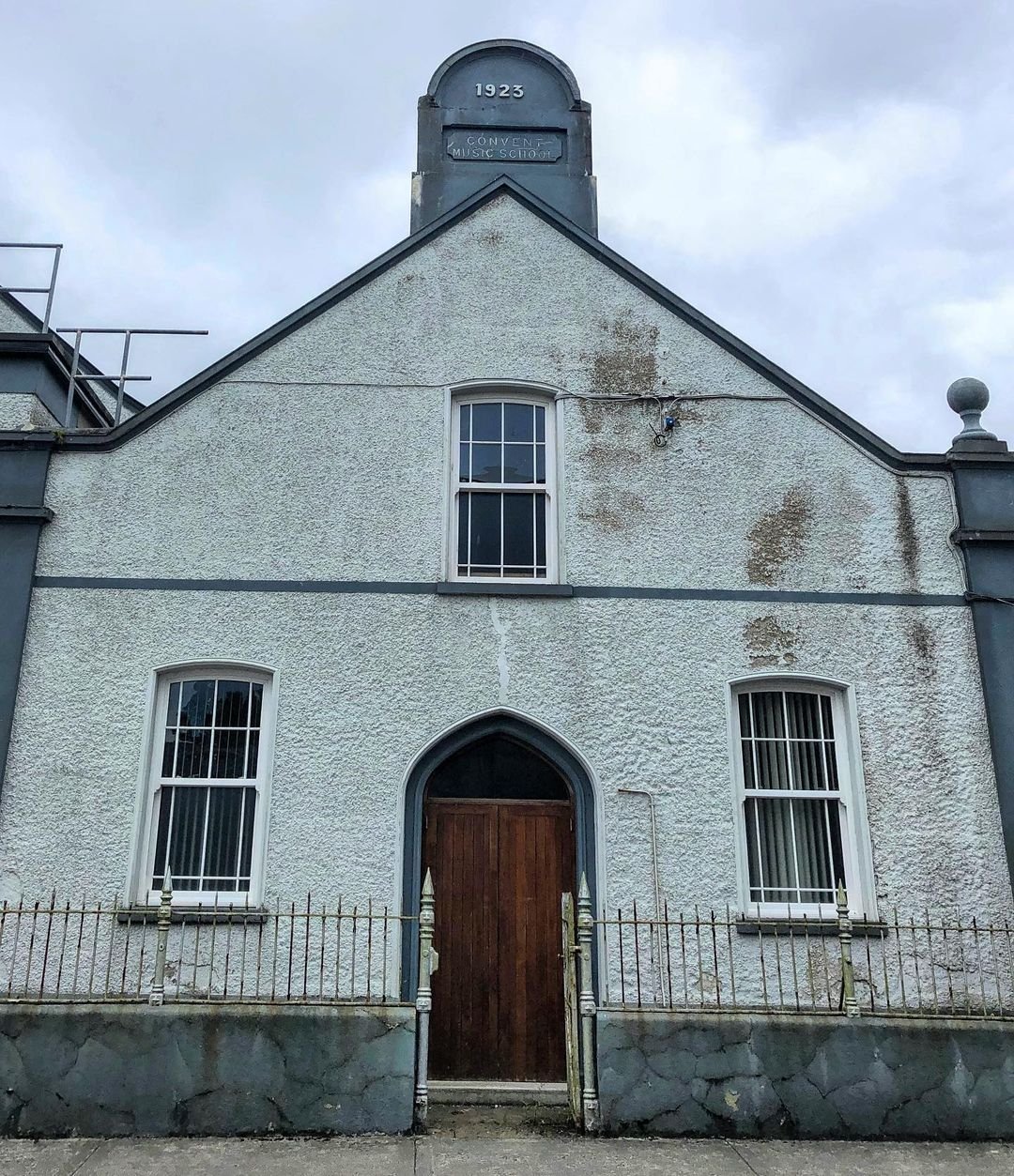
5. Saint Mary’s Commercial School
An oratory and social centre erected to a design by William Henry Byrne and Son. This building was also built by the Sisters and once housed the public library and more recently a school 🏫
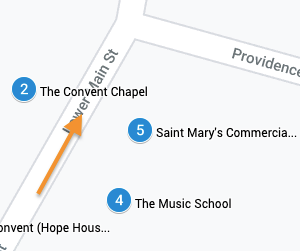
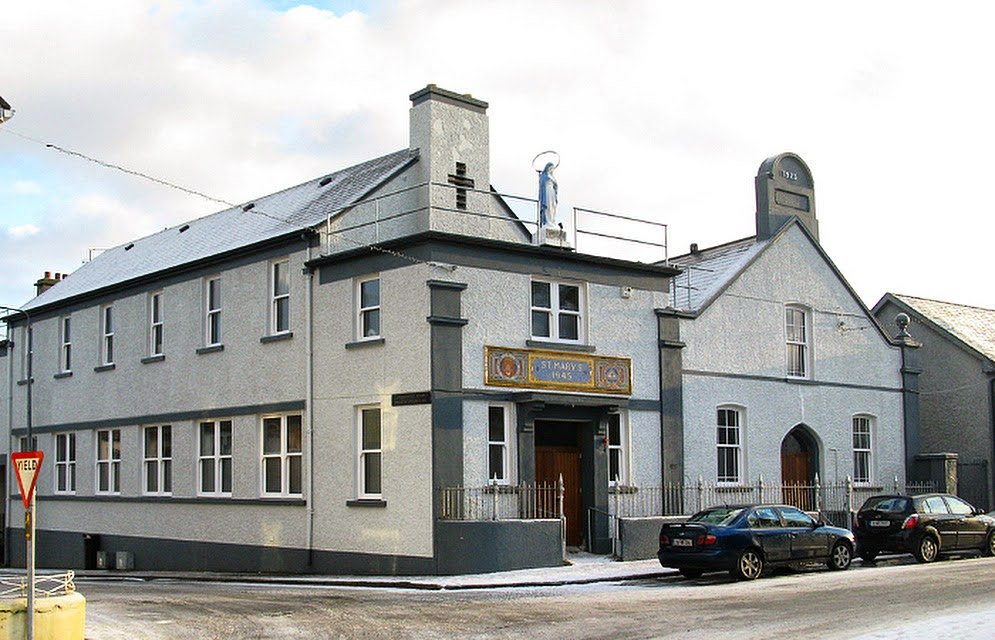
6. Providence Road
This road was formerly known as School Street, and most of the houses on this road were built by the Sisters of Charity, and rented out to mill staff, and teachers in the school 🏫
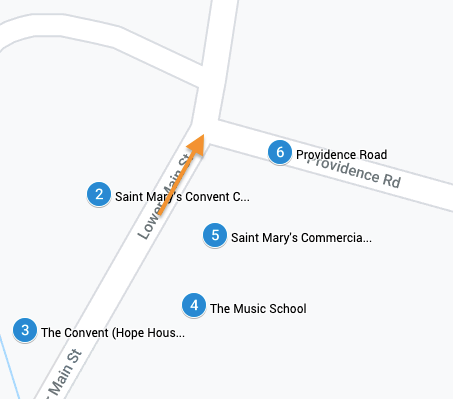
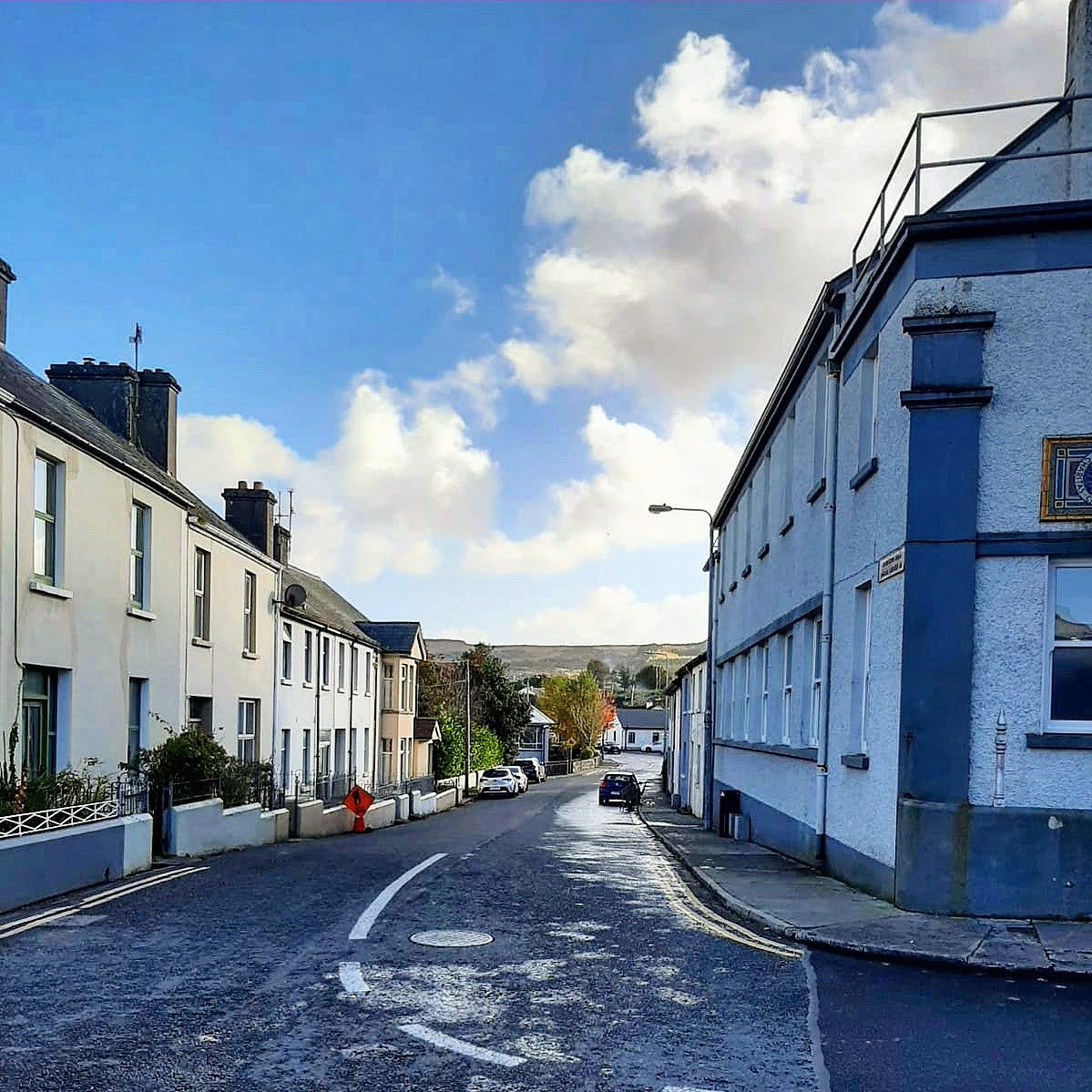
7. Moybrook House
This house, an integral component of the early twentieth-century domestic heritage of Foxford was built in 1912 to accommodate the mill manager Frank Sherry.
A beautifully built, picturesque house which still stands today👌

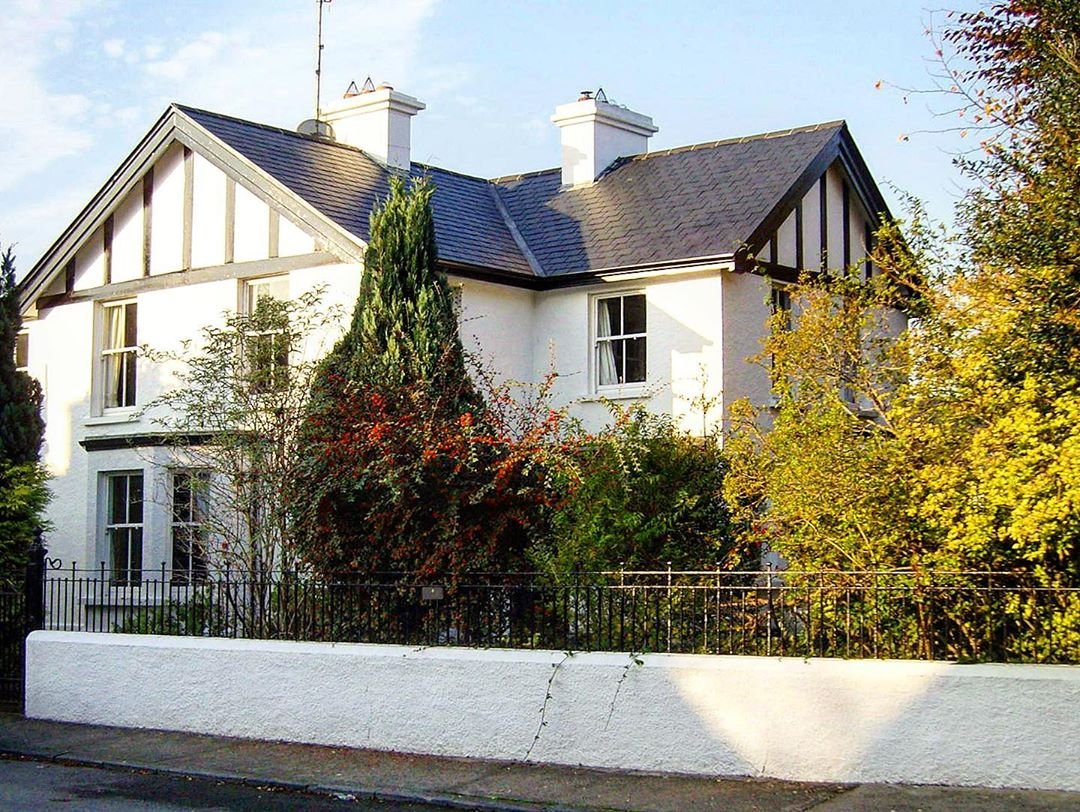
8. Foxford Parochial School latterly Brookside
Brookside was built in 1852 and was the Parochial School, which gave the name School Street to this road. It was a schoolhouse representing an important component of the mid-nineteenth-century built heritage of Foxford.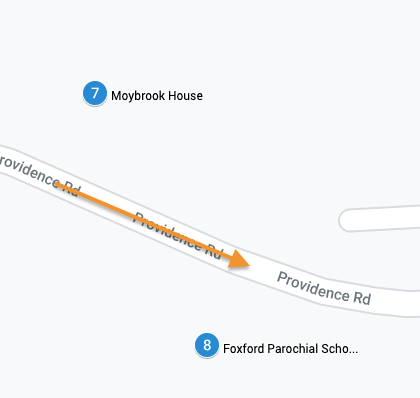

9. The Admiral Brown Bust
The Admiral Brown Bust was given to the Foxford community by the Argentine Patriotic Association; it was cast in bronze by sculptor Don Julio Caesar Vergottini.
The Admiral Brown Bust was unveiled in 1957 when the Argentine Navy visited Ireland for the centenary of his death.


10. St. Michael and Mary Catholic Church
This Catholic Church was built in 1879, the year of the apparition in Knock. The building stone came from Killasser, and the altar was made by the father of Padraic Pearse.
A large white crucifix in the grounds of the church marks the burial plot for the Sisters of Charity, and the grave of Mother Agnes Morrogh-Bernard, founder of the Foxford Woollen Mills.
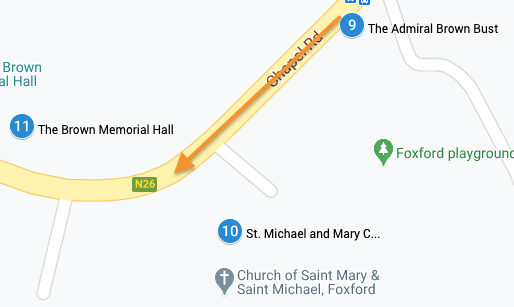
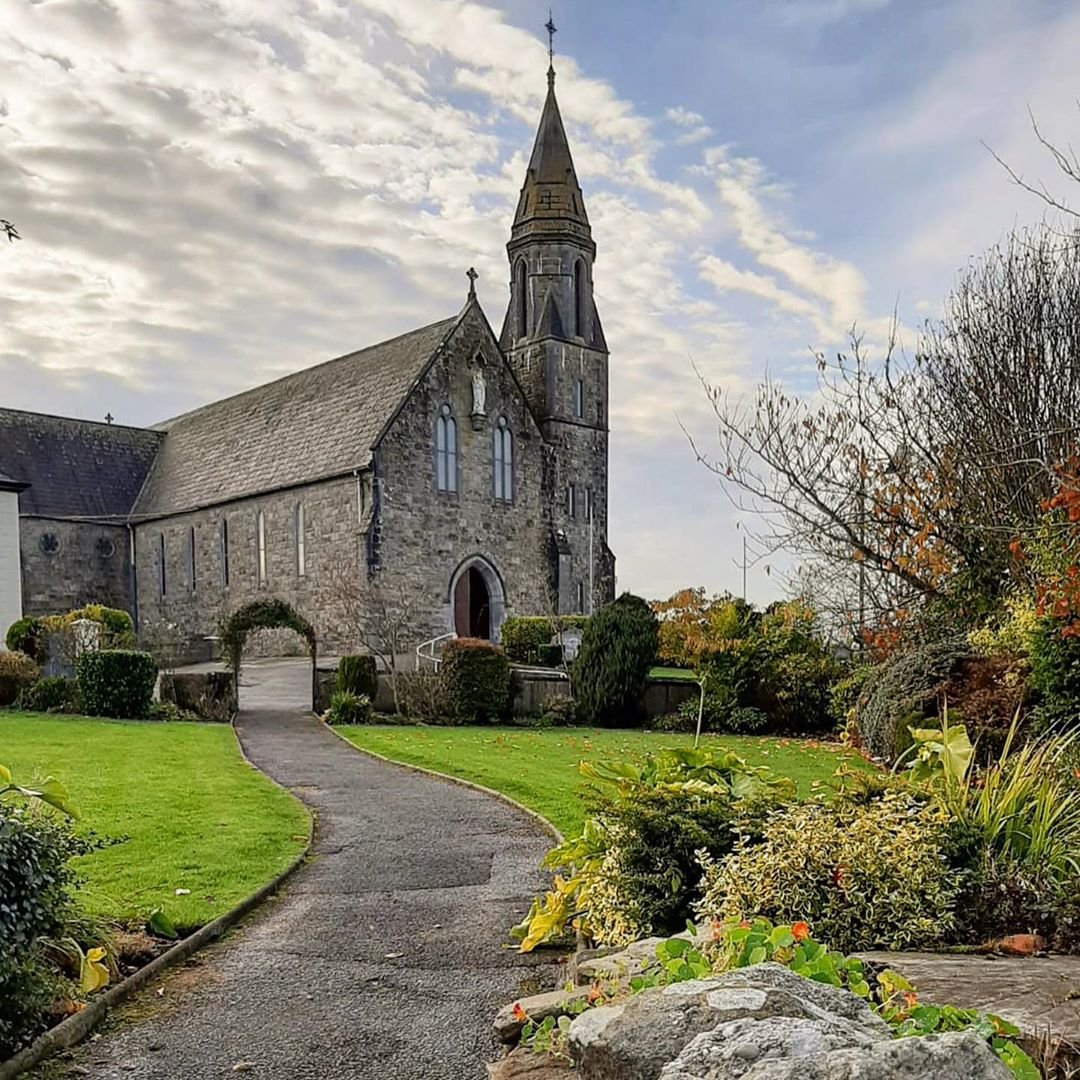
11. The Brown Memorial Hall
The Hall was built in 1930 to honour Admiral William Brown.
A plaque donated (1989) by the Asociacion Española de Socorros Mutuos commemorates Foxford and the celebrated son William Brown who was Grand Admiral of the Fleet of War and one of the pillars of the Argentine Republic.
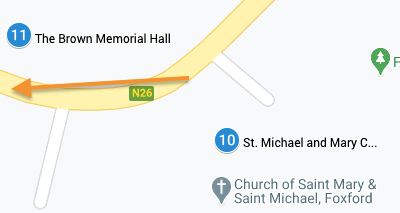

12. The Old Boys School
This was originally a famine burial ground and the site of the Catholic Church.
A new Parish was built in 1879, and a school was built on this site 🏫
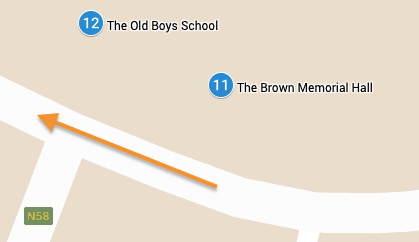
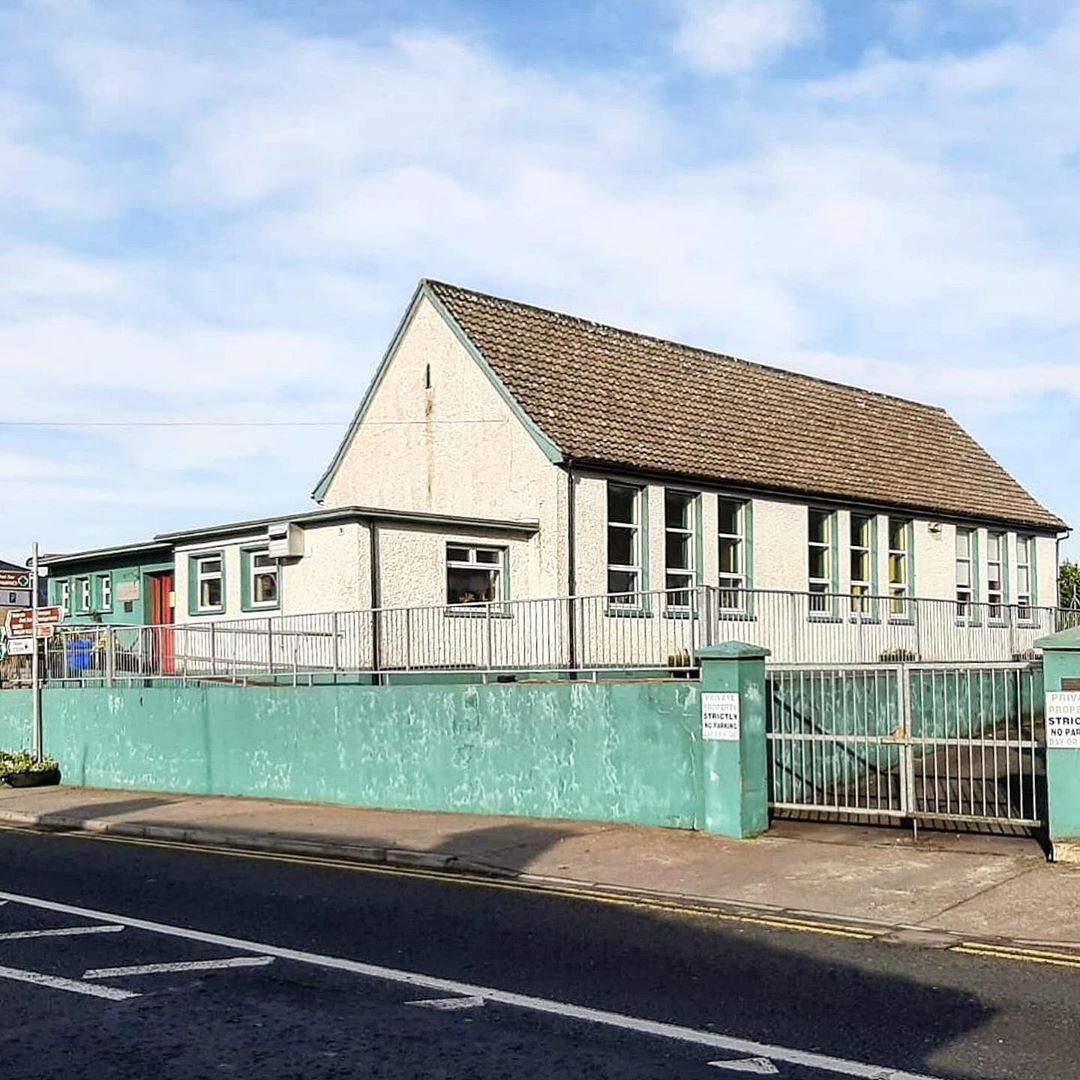
13. Frederic Robert Higgins
F. R. Higgins the famous poet, and theatre director was born in a small cottage next to the Church of Ireland on April 24th, 1896.
Higgins was a friend and confidant of W. B. Yeats and served on the board of the Abbey Theatre from 1935 until his death (1941).
His best-known book of poetry is The Gap of Brightness. He is also well known for his poem, Father and Son.
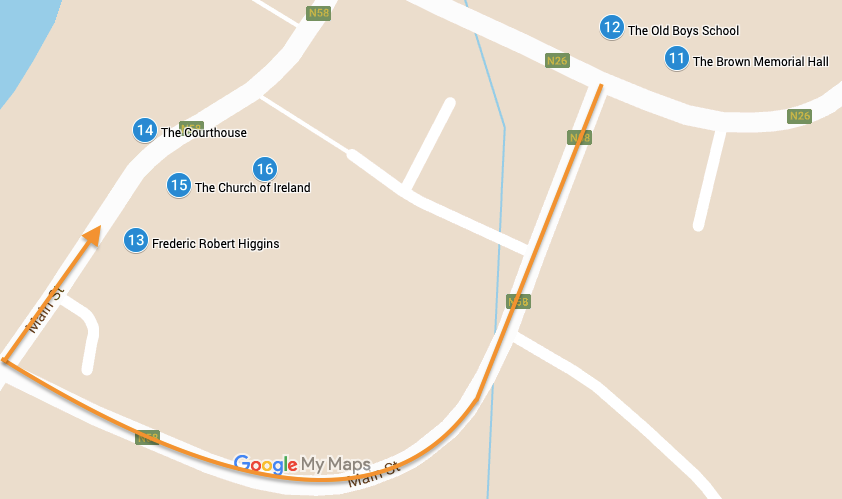

14. The Courthouse
The Courthouse was built in the mid 19th century, and it was here the historic meeting to discuss the crisis in the area took place on October 3rd 1890.
This meeting to discuss the crisis may have influenced Dr Morrisroe’s (Bishop of Achonry) to ask the Irish Sisters of Charity, who had been established in Ballaghadereen, to go to Foxford, as they arrived into the town, shortly afterwards.
Bishop Morrisroe was reputed to have requested the Sisters to; “ go to Foxford and see what you can do for the people there”....and what a change they made in the lives of the community...

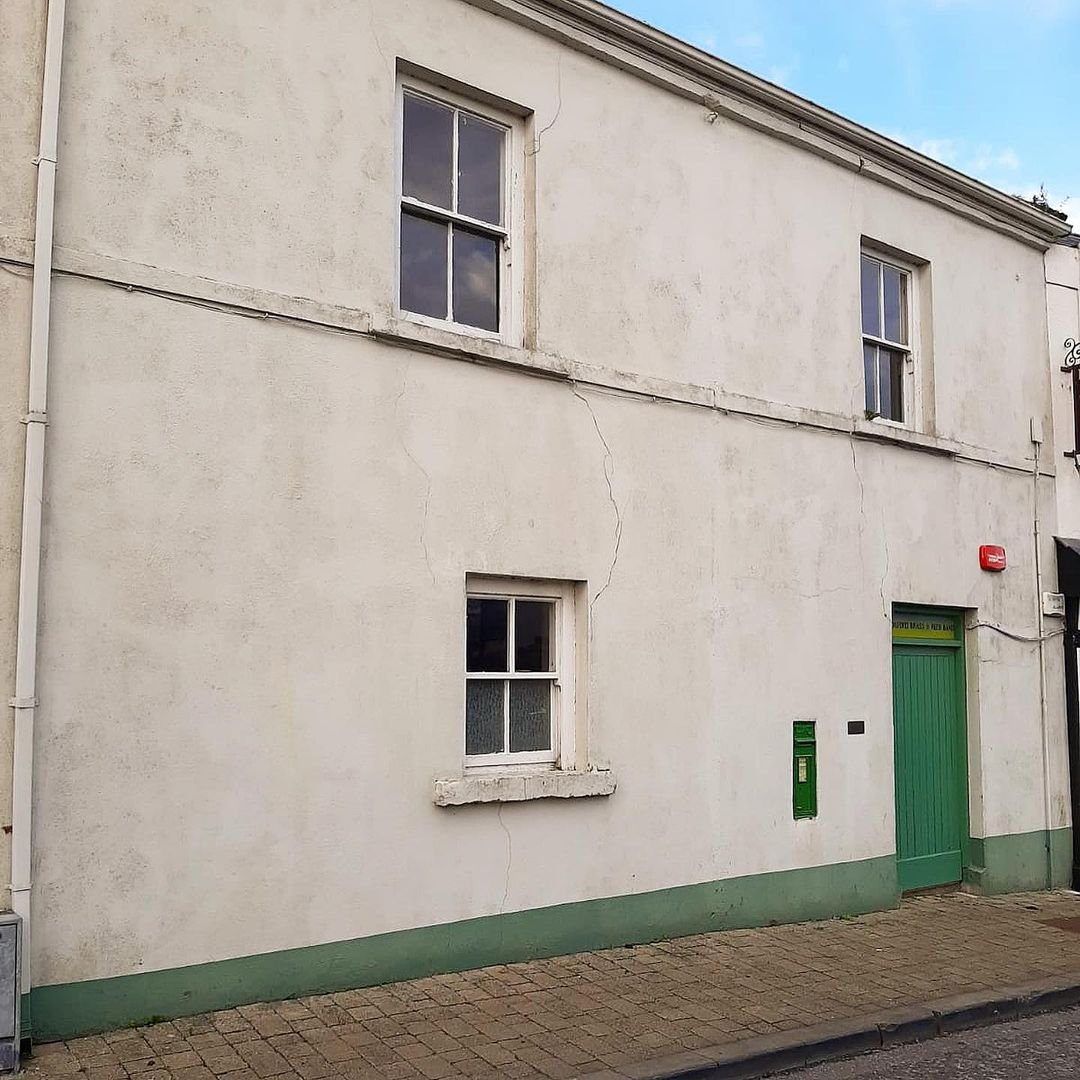
15. The Church of Ireland
This church was built in 1801 and a tower and gallery were added in 1826.
There is a stained-glass window of Faith, Hope and Charity in the church.
It has been suggested that the tower was used in the early 1920s as a lookout post by the Irish Free State army because of it’s location at the top of the hill in the town.
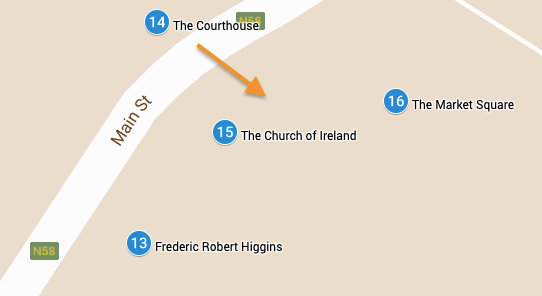

16. The Market Square
he Market Square was once the site of the Courthouse and Market.
John Bingham was granted the patent for a market and four fairs in 1683, and only one of those fairs, the Foxford Goat Fair (kind of) still exists and takes place annually.
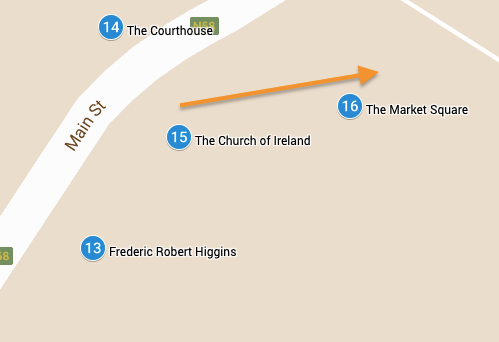
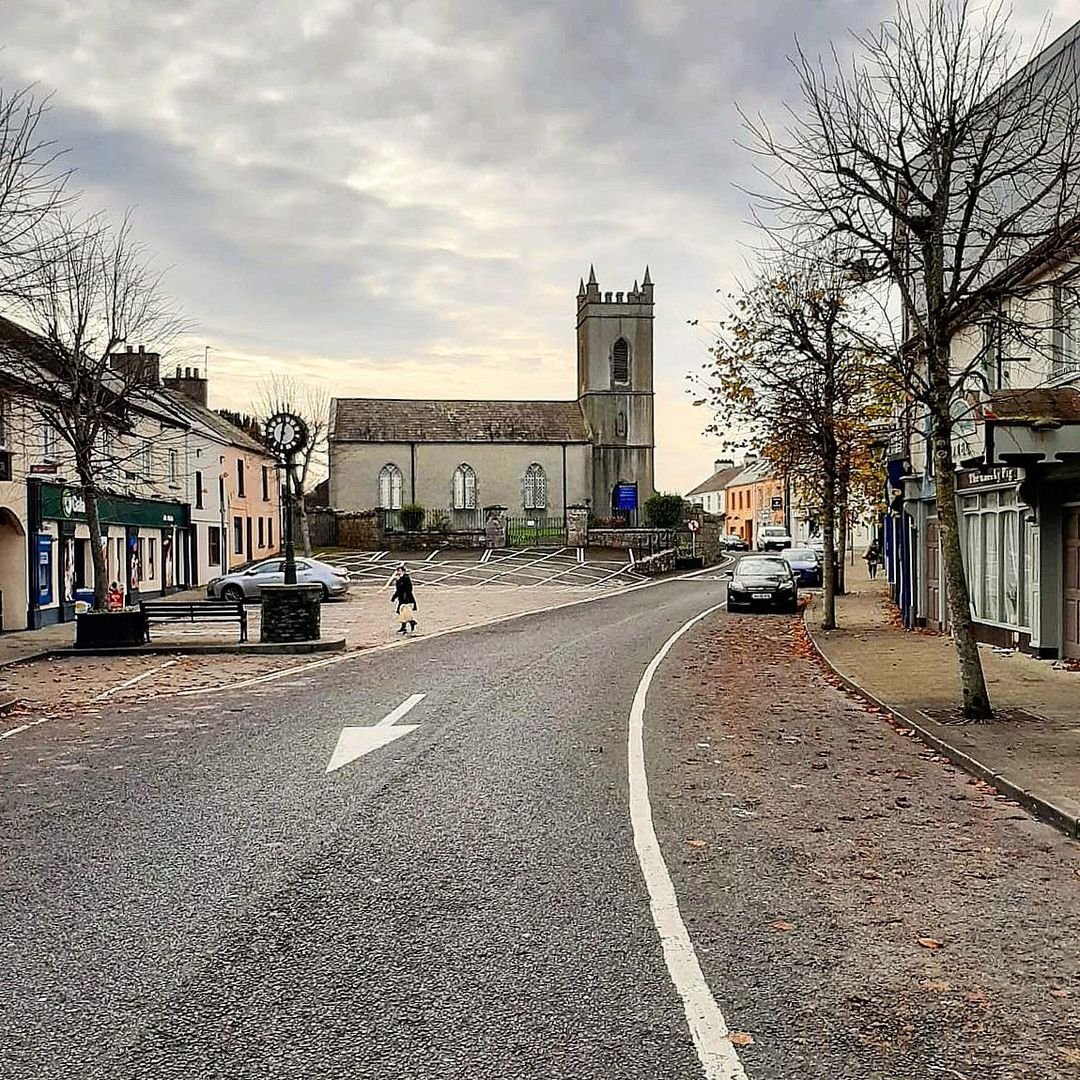
17. The Foxford Bridge
The Foxford Bridge is situated on one of the ancient fording points of the Moy, a river which is known worldwide for its Salmon fishing. It was named Inver na mBuaidhe meaning the river of power, and it was this power that brought prosperity to Foxford, through the Providence Wollen Mills.
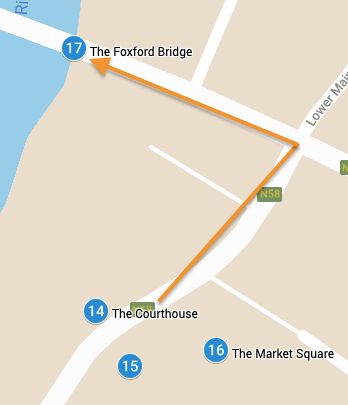

18. The Ball Alley
The Ball Alley on the West Bank of the river was built by the Sisters of Charity in 1901 for the recreation of the Mill staff, and it has played an important role in sporting activities in the town.

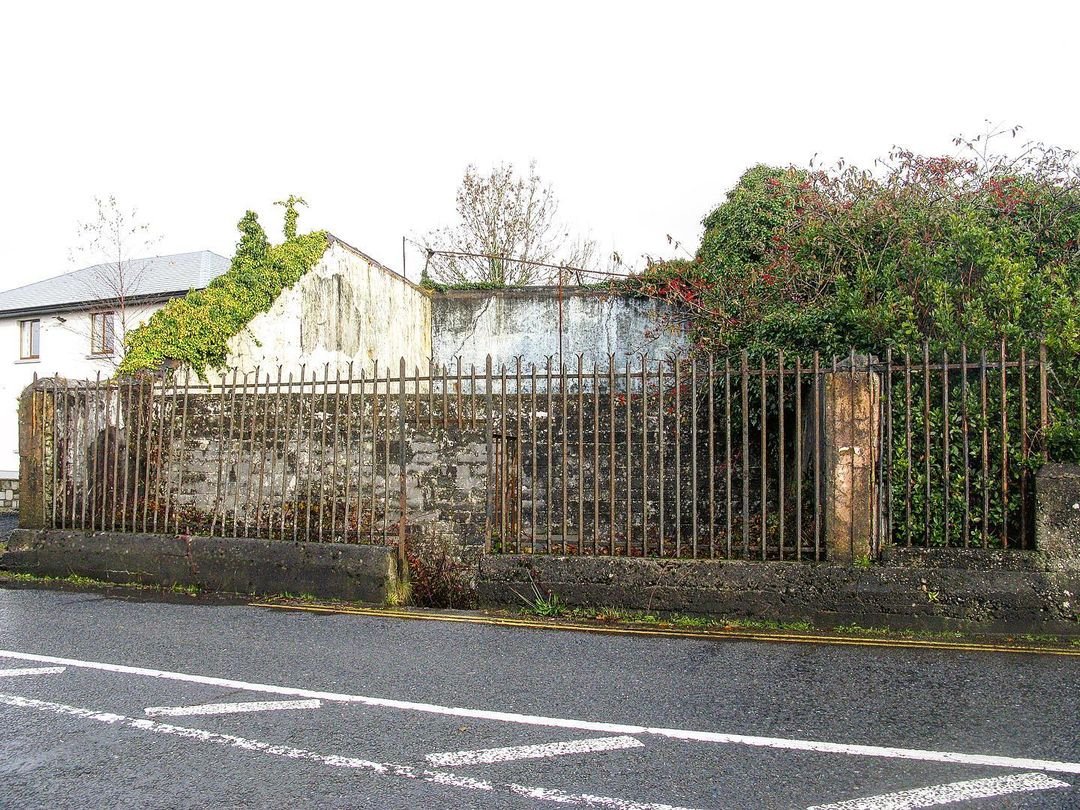
19. Guiry’s Bar
Whilst Guirys is not the oldest on this heritage trail (est.1982), they have been known as the cornerstone of Foxford, where people come to meet, engage and listen to stories of times gone by.


I encourage everybody to get up, get out and walk the Foxford Heritage Trail.
Now more than ever we need to be mindful of ourselves and fresh air is the best thing for your bodies. And if you make it to all 19 stops, why not take a selfie at Guiry’s Bar to show you completed the FOXFORD HERITAGE TRAIL (and make sure to tag @guirysbar)👍
